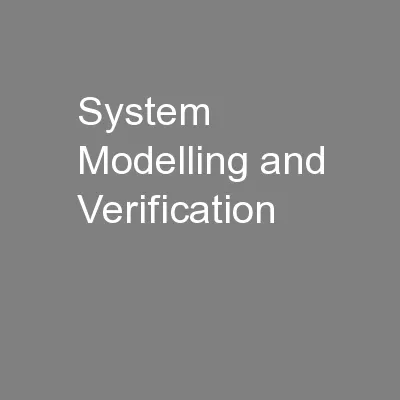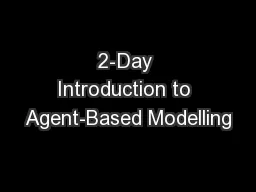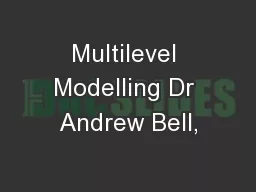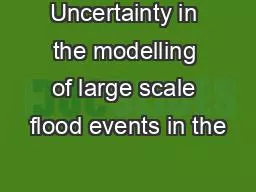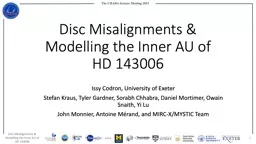PPT-System Modelling and Verification
Author : celsa-spraggs | Published Date : 2016-07-23
The lecture contains material from Lothar Thiele ETH Zurich 2 Kai Lampka Processing system are everywhere and they are highly interconnected ABS gear box motor
Presentation Embed Code
Download Presentation
Download Presentation The PPT/PDF document "System Modelling and Verification" is the property of its rightful owner. Permission is granted to download and print the materials on this website for personal, non-commercial use only, and to display it on your personal computer provided you do not modify the materials and that you retain all copyright notices contained in the materials. By downloading content from our website, you accept the terms of this agreement.
System Modelling and Verification: Transcript
Download Rules Of Document
"System Modelling and Verification"The content belongs to its owner. You may download and print it for personal use, without modification, and keep all copyright notices. By downloading, you agree to these terms.
Related Documents

